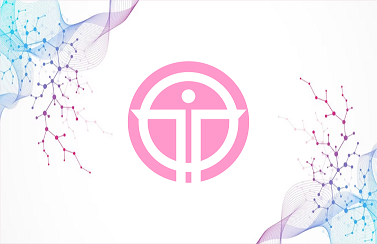In his new book titled “Disruptive Thinking” TD Jakes emphasizes the power of innovative and unconventional thoughts to bring about positive change in our lives. Jakes encourages readers to break free from traditional and limiting mindsets, urging them to challenge societal norms and embrace their unique perspectives. The book inspires individuals to think outside the box, take risks, and pursue their dreams with determination. By fostering a mindset of disruption, Jakes believes that people can overcome obstacles, discover new opportunities, and ultimately achieve personal and professional success.
To master disruptive thinking and utilize it to maximize their potential and succeed, innovators, investors, and leaders can consider the following strategies:
- Embrace an open mindset: Be willing to challenge conventional wisdom and explore alternative approaches. Embrace change and view it as an opportunity rather than a threat.
- Foster a culture of innovation: Create an environment that encourages and rewards disruptive thinking. Encourage team members to question existing processes, experiment with new ideas, and share their perspectives.
- Encourage diverse perspectives: Seek out diverse voices and perspectives within your team or organization. Different backgrounds, experiences, and viewpoints can lead to innovative ideas and solutions.
- Stay informed and curious: Continuously seek knowledge and stay updated on industry trends and emerging technologies. Attend conferences, read books, engage in networking, and actively seek new information.
- Take calculated risks: Disruptive thinking often involves taking risks and stepping outside of comfort zones. Assess risks carefully, consider potential outcomes, and be willing to take calculated risks when the potential benefits outweigh the drawbacks.
- Fail fast and learn: Understand that failure is a natural part of the innovation process. Embrace failures as learning opportunities and iterate quickly. Encourage a culture where failures are celebrated as valuable lessons that lead to growth and improvement.
- Build strategic partnerships: Collaborate with like-minded individuals, organizations, and experts to exchange ideas, share resources, and leverage collective knowledge. Collaborations can amplify the impact of disruptive thinking.
- Develop resilience: Disruptive thinking may face resistance and setbacks. Cultivate resilience to overcome obstacles, stay committed to your vision, and persevere through challenges.
- Test and iterate: Implement a rapid prototyping approach to test new ideas quickly. Gather feedback, iterate, and refine your disruptive concepts based on real-world results and user input.
- Maintain a long-term perspective: Disruptive thinking requires patience and perseverance. Keep your long-term goals in mind and remain committed to your vision even in the face of short-term obstacles or setbacks.


















